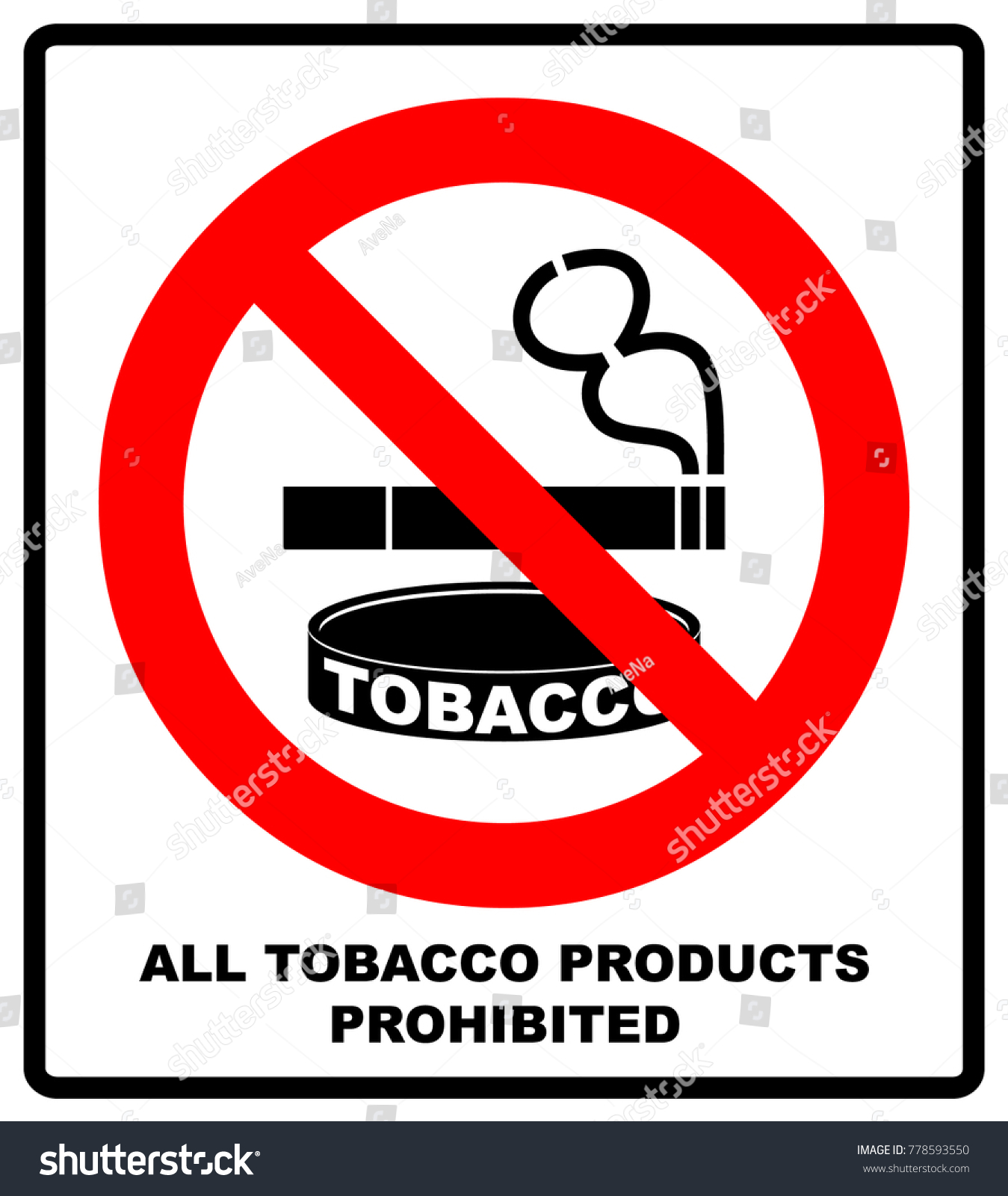

Menthol
It’s no accident that nearly 9 in 10 Black smokers use menthol cigarettes, which are easier to smoke and harder to quit. The tobacco industry strategically and aggressively targeted the community with menthol cigarettes for decades, including placing more advertising in predominantly black neighborhoods and in publications that are popular with black audiences, as well as appropriating culture in marketing, including sponsoring events such as jazz and hip-hop festivals.
“Today, tobacco-related diseases are still the number one cause of death in the African-American community, and that’s not a coincidence,” said former Truth Initiative Youth Activism Fellow Lincoln Mondy in his documentary “Black Lives / Black Lungs,” which explores the strategic infiltration of menthol tobacco products into the Black community. “For decades, tobacco companies have used predatory practices aimed to push their deadly product on the Black community.”
Menthol has also repeatedly been exempted from legislation on flavored tobacco products, the result of massive tobacco industry lobbying efforts. Tobacco companies have made strategic financial contributions and worked to align themselves with black leaders and politicians, and mounted huge opposition campaigns against local policy efforts to restrict menthol tobacco products.
Truth Initiative has long called for a nationwide comprehensive ban on all menthol tobacco products and continues to conduct research and policy analysis to inform and advance these efforts. For example, a Truth Initiative review of more than 80 studies on menthol tobacco products published in BMC Public Health found more than sufficient evidence to show that menthol cigarettes appeal more to young people, are harder to quit than regular cigarettes and should be banned to protect public health. If a menthol cigarette ban had gone into effect in 2011, researchers estimate that more than 320,000 smoking-attributable deaths would be averted by 2050, almost a third of them among African-Americans.
